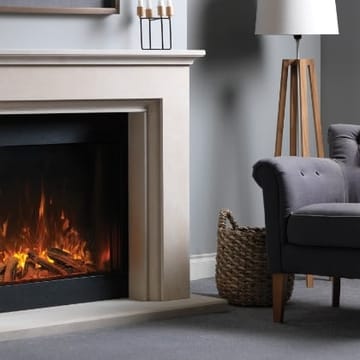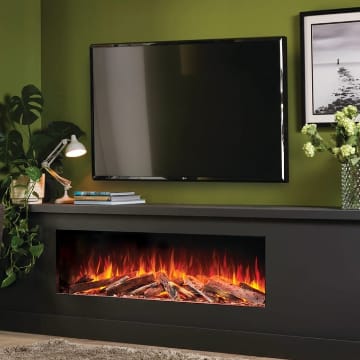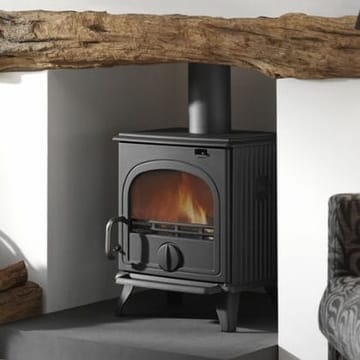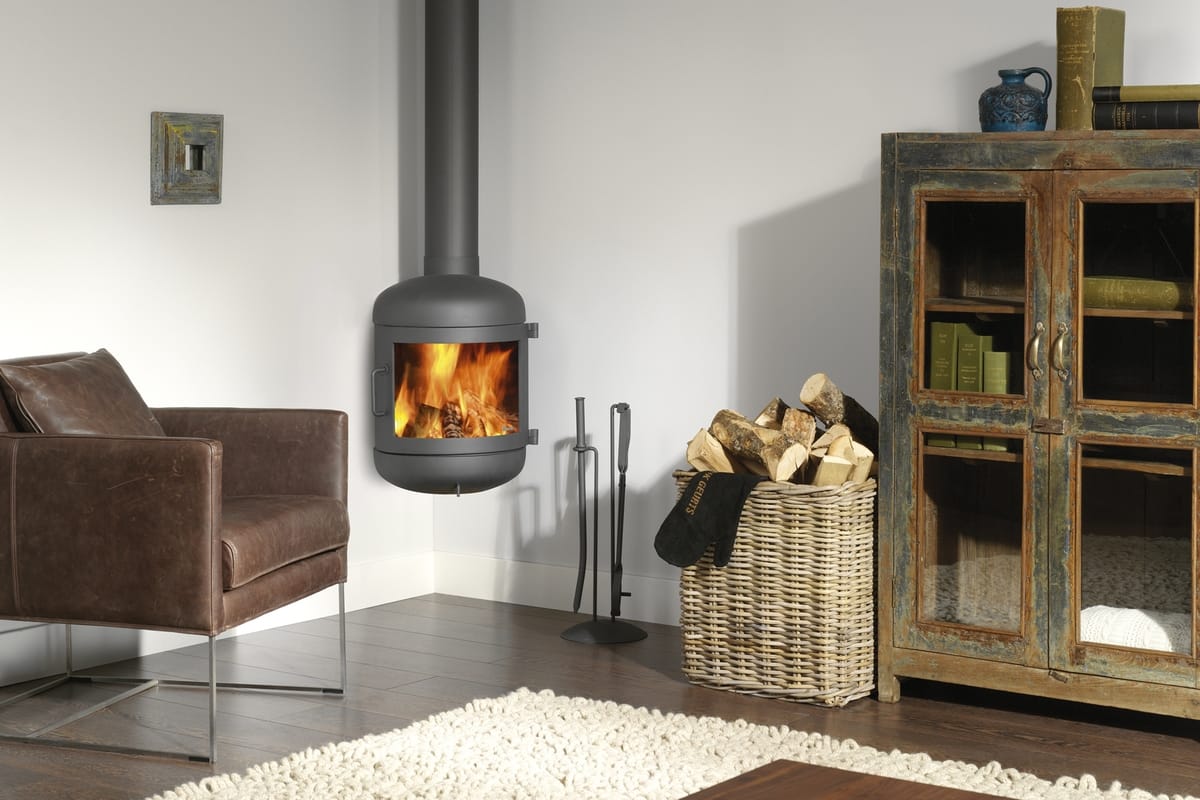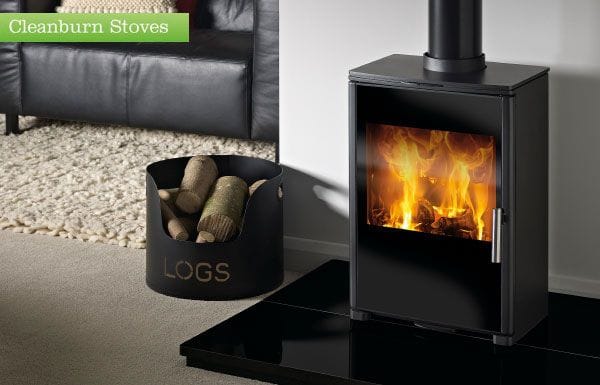Keeping the Hearth Happy:
A wood-burning stove is more than just a heat source; it's the heart of a cosy home, offering warmth, ambiance, and a great focal point. But just like any hardworking appliance, your woodburner needs regular care and attention to perform at its best.
Consistent maintenance is key to three crucial things: safety, efficiency, and longevity. Skipping simple steps can lead to creosote build-up (a major fire hazard), reduced heat output, and unnecessary repair costs.
Ready to give your stove the TLC it deserves? Here is your essential guide to maintaining your woodburner for a powerful, clean, and safe burn all season long.
Your Woodburner Maintenance Schedule
To keep your stove running in top condition, maintenance should be thought of in terms of weekly, monthly, and seasonal tasks.
Weekly Checks (or after every 2-3 fires)
These quick tasks ensure your fire is burning cleanly and efficiently.
- Empty the Ash: Too much ash prevents proper airflow, making your stove less efficient and causing the fire to struggle. While a small bed of ash (81 to 41 inch) can help insulate the stove, remove the rest into a fireproof metal container.
- Wipe the Glass: Soot-covered glass is a sign of an inefficient burn, but it also ruins the view! An easy, chemical-free way to clean it is to dip a damp piece of newspaper or paper towel into the fine wood ash and rub it on the glass in a circular motion. Wipe clean with a dry cloth.
- Visual Inspection: Quickly check the firebricks for any major cracks or crumbling. Also, check the door seals (gaskets) to make sure they are still soft and creating an airtight seal.
Monthly Checks
These tasks dive a little deeper into the stove's internals.
- Clean the Baffle Plate/Throat Plate: Soot and creosote love to build up on the baffle plate (the horizontal plate at the top of the firebox). Carefully remove it (consult your manual) and brush off any deposits. A blocked baffle dramatically reduces efficiency and is a fire risk.
- Test the Door Seal/Gasket: To check if the door seal is still airtight, trap a thin piece of paper between the door and the stove body, then close the door. If you can easily pull the paper out, your rope seal is worn and needs replacing to maintain control over the air supply.
- Inspect and Clean Air Vents: Ensure the air vents are free of dust and soot, allowing a clear flow of air to the firebox.
Annual / Seasonal Maintenance
These are the most important steps for safety and warrant a professional eye. Schedule these checks just before the main heating season begins.
- Professional Chimney Sweep: This is not optional. Wood-burning stoves should have their chimney swept at least once a year if burning smokeless fuel, and twice a year if you burn wood heavily.
- The Big Safety Benefit: Sweeping removes highly flammable creosote and tar build-up, which is the main cause of chimney fires.
- The Efficiency Benefit: A clean flue allows for a better draft and optimal air flow, which can reduce wood consumption by improving combustion efficiency.
- A professional sweep will also inspect the flue and chimney for any signs of damage or blockage (like bird nests).
- Check and Replace Components: Inspect firebricks, grates, and the baffle plate for major warping or damage. Replace them as needed to maintain the structural integrity and efficiency of your stove.
- Check Smoke and Carbon Monoxide Alarms: Ensure all your detectors are working correctly and have fresh batteries. This is your most vital safety check.
The Secret Ingredient: Fuel Quality
The single best thing you can do for your woodburner is to only burn good quality fuel.
- Use Dry, Seasoned Wood: Wood should have a moisture content of 20% or lower. Wet, or "green," wood produces excessive smoke, which causes rapid soot and creosote build-up, blackens your glass, and wastes energy just burning off the water.
- Burn Hot and Bright: Avoid slow-burning fires, as they create more smoke and deposits. A Good, hot fire ensures that gases are fully combusted and swept cleanly up the flue.
By following this simple, proactive maintenance schedule, you'll be protecting your investment, enhancing your home's safety, and getting the maximum heat and enjoyment from your woodburner for many years to come. A little effort goes a long, warm way!
